Driving Kenworth’s trucks for today and for the future
Kenworth last week demonstrated a full spectrum of trucks – ranging from the ultra-classic to the ultra-clean – to more than a 100 customers and dealers, and later to trade press journalists.
The primary objective was to showcase Kenworth’s readiness for fast-approaching zero-emissions engine requirements. Its T680E, currently in production, is the truck maker’s answer to Class 8 battery-electric vehicle (BEV) requirements and with a 150-mile range is well suited for pickup-and-delivery (P&D), drayage, and regional applications.
It boasts a top speed of 70 mph with a 536 hp motor that produces 1,623 lb.-ft. of torque. It carries a 395-kWh battery pack and has a GVWR of 82,000 lb. It can be configured as a 6×4 tractor or straight truck, with 190-inch wheel base and an industry-standard CCS1 charge port.
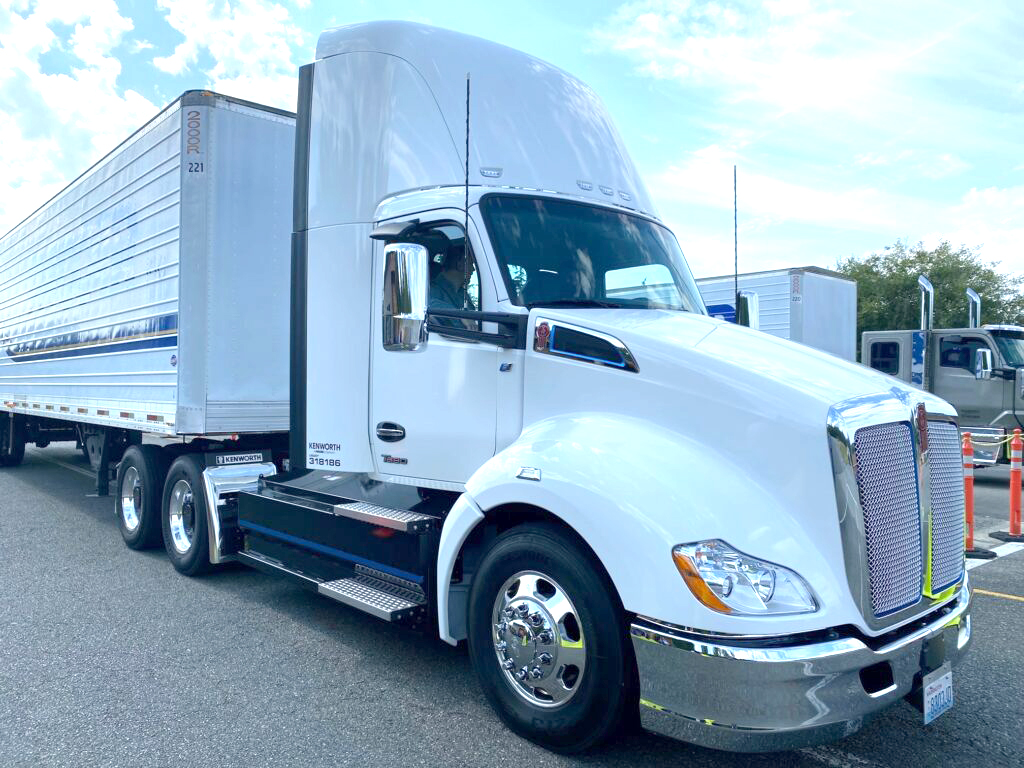
Range has become a point of contention when discussing battery-electric trucks. But it’s important to remember the main influencer of range is battery capacity. Don’t expect one Class 8 electric truck to greatly outperform another in terms of range if they carry the same battery capacity. Sure, aerodynamics can have some small effect, but the biggest influencer is battery capacity, and it would be nice to see some standard calculation used to report electric vehicle range. Maybe that’ll come in time.
Back to the trucks. That T680E was whisper-quiet on the track and later on the roads around the Paccar Technical Center in Mount Vernon, Wash. I had to reference a small icon on the driver display to ensure the truck was turned on when I climbed behind the wheel. Torque came instantly when I applied the throttle – but it always does with electric trucks. Having driven a few, I asked Kenworth’s chief engineer Joe Adams how Kenworth plans to differentiate itself in an electric vehicle world, when all electric powertrains I’ve driven share more or less the same operating characteristics – instant torque, low noise, and lack of diesel smell.
“It’s the subtle things that really matter,” he said. By that, he’s referring in part to NVH – or noise, vibration and harshness. Electric motors are so quiet, you begin to hear noises in the cab that were previously drowned out by the rumble of a diesel engine. Adams said Kenworth has spent a great deal of time focused on this, and that statement proved true out on the road. The cab interior was remarkably quiet – no squeaks or rattles to speak of inside the day cab.
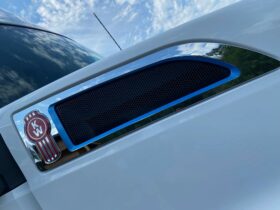
Another differentiator for Kenworth is the type of batteries used. Alec Cervenka, Kenworth’s zero-emissions sales manager, said the industry standard batteries are nickel, manganese, cobalt (NMC) – the same used in passenger cars, but scaled up for commercial applications. Cervenka said Kenworth opted for a lithium-ion phosphate battery he said is more durable and boasts a longer useful life, eight to 10 years before degradation compared to the five to six years he says NMC batteries provide. He also said they’re less likely to puncture and combust in the event of a wreck.
The company also believes the fit and finish Kenworth has been known for in its traditional models will allow it to continue differentiating itself in a BEV world.
On the road, the Kenworth T680E is a fun truck to drive. Once you can master the regenerative braking, it becomes rarely necessary to use the brakes, so potential maintenance savings are obvious. Regenerative braking acts much like a supercharged engine brake, putting power back into the battery pack when the throttle is released. Stephan Olsen, general sales manager with Kenworth, said BEVs reduce energy costs by upwards of 50% on top of maintenance savings and associated downtime.
I also had the chance to drive Kenworth’s T270E, a Class 6 BEV cabover intended for P&D or last mile delivery applications. While there wasn’t a T370E available to drive, the two models cover Classes 6 and 7 applications with 100-200 mile ranges (depending on whether it has the available 141 or 282 kWh battery pack), 469 hp/2,540 lb.-ft. torque, wheelbases from 206-274 inches, and GVWRs ranging from 26,000 to 33,000 lb.
These trucks can typically be operated eight to 10 hours a day and would return home at the end of a driving shift for charging. Kenworth works closely with customers to choose the right charging solution for the application, and Paccar Financial can finance the complete package. The company also has experts available to seek out government incentives that can help offset the cost.
“It’s really important we’re not just giving them a truck, we’re giving them a whole solution,” Adams said of electric vehicle customers.
Much like it’s larger sibling, ‘fun’ is the best descriptor I can use for driving the T270E. The smaller size of the truck means it is zippy with an immediate throttle response and regenerative braking that will thrust the driver forward when letting off the pedal until it can be mastered, which doesn’t take long.
Certainly, some driver training and orientation will be required but it doesn’t take long to get acclimated to driving an electric truck. A package delivery driver making dozens of stops per day will enjoy this truck and finish the day feeling less fatigued from the constant noise, braking, and smells associated with traditional diesels.
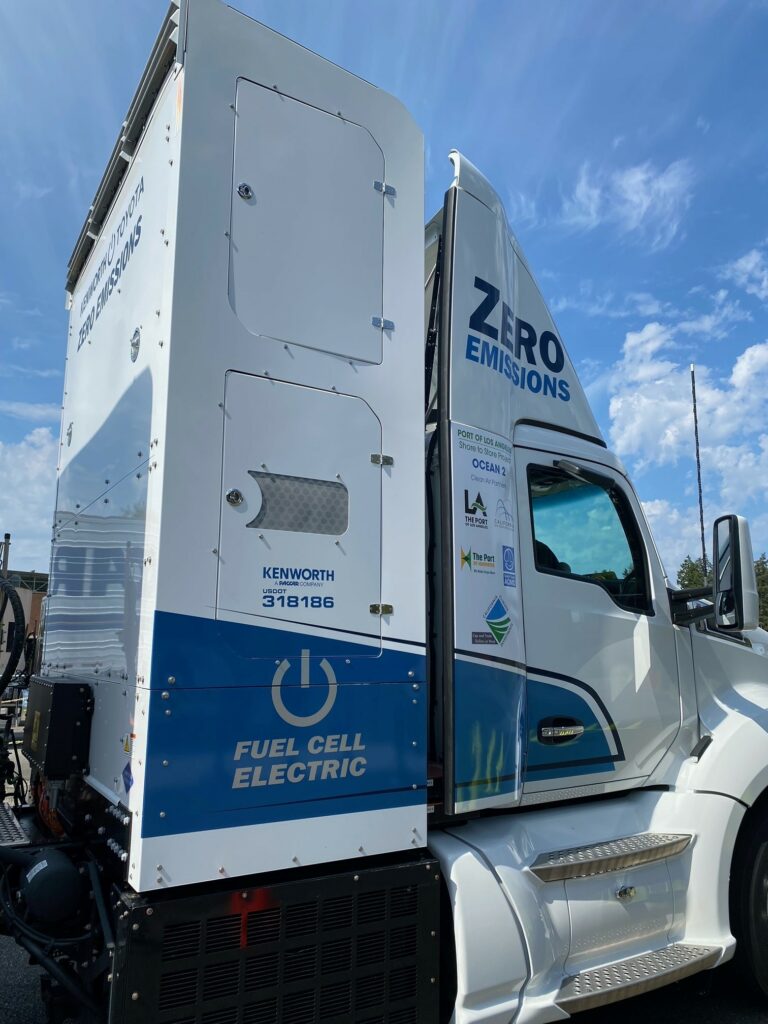
Hydrogen for longhaul
A Class 8 Kenworth T680FCEV (fuel-cell-electric) was also among the trucks available to drive, and this one was a highlight as it was my first time driving a hydrogen-fueled truck. With a range of 300-500 miles (480-800 km), hydrogen is widely expected to be the emissions-free answer to longhaul transport needs.
Kenworth worked with Toyota to build 10 hydrogen-fueled day cabs that have been deployed at the Port of Los Angeles in California for the last two years. As that project comes to an end this summer, they’ll be used as demonstration units in other parts of the country.
These prototypes have a range of 300 miles, top speed of 70 mph, put out 560 hp and can be refueled in 15 minutes (a big advantage over BEVs). They carry a 12-kWh battery pack, which helps get the truck up to speed; hydrogen is most efficient at speed, not getting there. They have a GVWR of 82,000 lb., and payload of 45,000 lb. The hydrogen tanks were mounted to the back of the cab.
If hydrogen is the future of longhaul transport, I asked if sleeper cabs will be viable. That space was occupied by the hydrogen tanks on the T680FCEV I drove. Adams said these trucks were specifically designed for drayage applications, and that sleepers will indeed be possible through different tank configurations, much like Kenworth builds CNG-powered sleeper trucks today.
I expected the hydrogen T680 to drive much like the T680E, but that wasn’t the case. The regenerative braking is less noticeable since the battery pack onboard is so much smaller. The ride was louder, since the electric motor sits directly underneath the cab, where the T680E uses electric axles located far enough behind the driver to be completely soundless inside the cab.
But the torque was there, the whine of the electric motor was still quieter than the rumble of a diesel, and most importantly – emissions are non-existent. And this is still very much an early-stage prototype, so production models of the future will look and sound different yet, I’m sure.
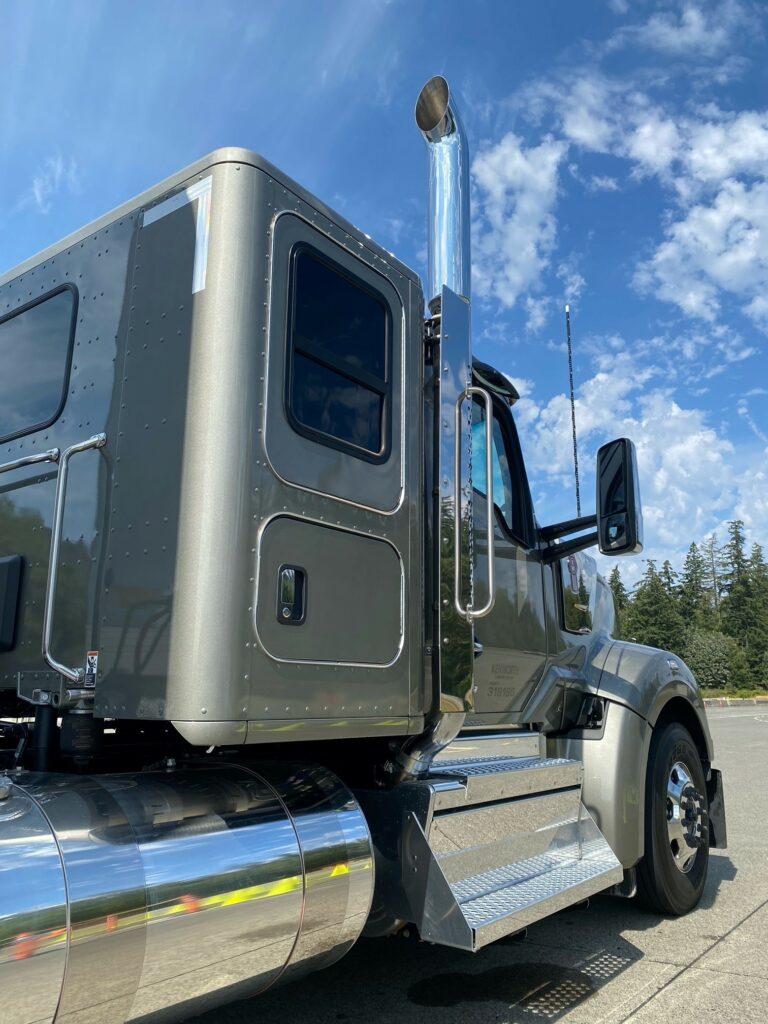
The classics
ZEVs are fun and exciting. But there’s still something to be said for a long-hood, classic-styled diesel truck in certain applications and for the immediate future before regulators regulate them out of existence.
Kenworth still maintains a presence in this segment and recently developed a 52-inch flat-roof sleeper cab for its Models T680, T880, T880S, and W990. I got to drive a W990 with this configuration, which is ideal for applications requiring a low ride height (car haulers and cranes, to name a couple), or for owner-operators who don’t live out of the truck but need a sleeper for the occasional overnighter.
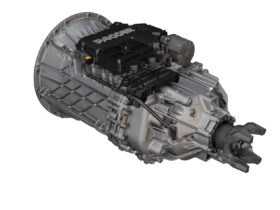
Kenworth achieved the lower ride height (104.5 inches from ground to roof) by dropping the front axle five inches and using the AG400L rear suspension with 6.5-inch ride height. The sleeper has an interior height of 55.5 inches. You can’t stand up in it, but can get a comfortable sleep, install a TV, store stuff under the bunk and get dressed while sitting on the bed.
The W990 with 52-inch flat roof sleeper I drove came equipped with the new Paccar TX-18 automated manual transmission, which offered quick, precise shifts and powerful engine braking on the road. The 18-speed transmission can be mated to Paccar MX-11 and MX-13 engines. It has three reverse gears, while the new TX-18 Pro has six. I also drove a W990 heavy-haul day cab with TX-18 Pro transmission. I see this truck being a good fit in Canada’s oilpatch, which is finally showing signs of life.
Both TX-18 transmissions can handle GVWRs up to 140,000 lb, and have equal steps between gears and lengthy service intervals of 500,000 miles (800,000 km) or five years on-highway and 250,000 miles (400,000 kms)/three years in vocational applications. The TX-18 is best suited to on-highway applications while the TX-18 Pro can handle some severe-service and off-road duties as well.
The TX-series transmissions are available for order now with production set to begin in the fourth quarter.
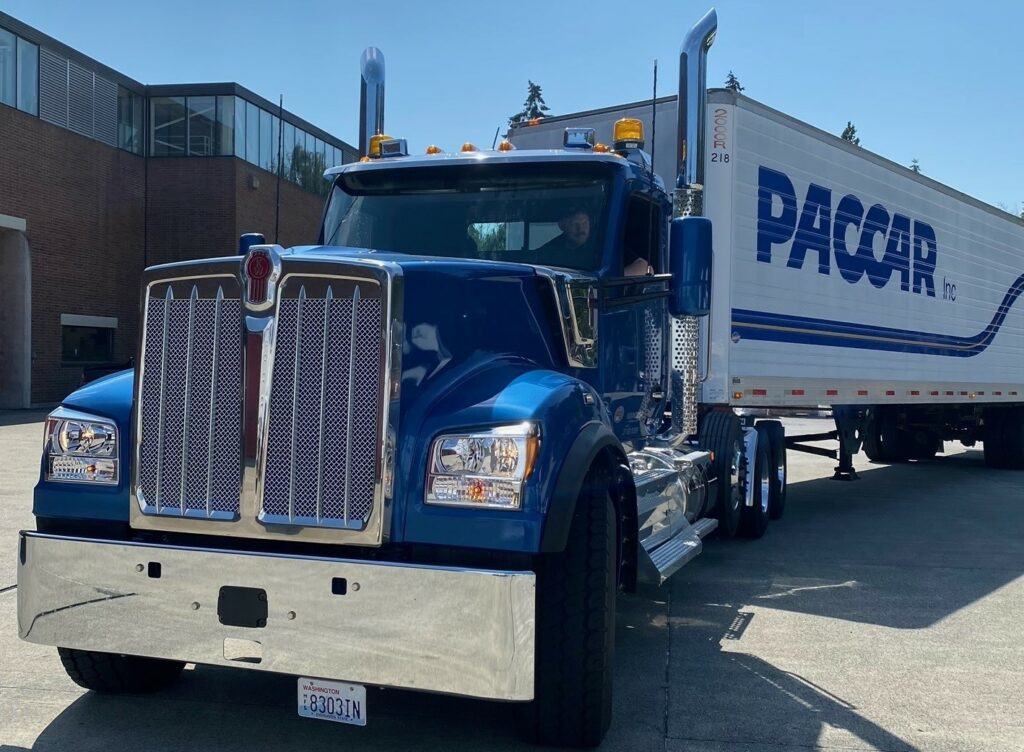
Have your say
This is a moderated forum. Comments will no longer be published unless they are accompanied by a first and last name and a verifiable email address. (Today's Trucking will not publish or share the email address.) Profane language and content deemed to be libelous, racist, or threatening in nature will not be published under any circumstances.